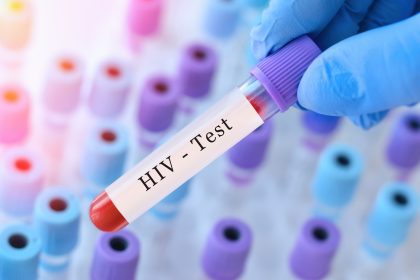The viral vector for some of the new COVID-19 mRNA vaccines is the adenovirus. Adenoviruses can cause the common cold. The Oxford-AstraZeneca COVID-19 vaccine uses a chimpanzee common cold viral vector. Traditional vaccines distribute an infectious pathogen to fight off future exposures to the infection. Viral vector vaccines insert a piece of genetic code from a virus to our cells to mimic an infection. This causes our cells to then make the viral or bacterial protein that the vector has delivered and install it into our immune system. The result is the development of a specific immune response against a pathogen without the need to have an infection.
All these viral vectors in order to be used must be genetically altered so that they cannot replicate. One reason is that the mRNA is encapsulated in lipid nanoparticles designed specifically to insert the vector into the cell body. The mRNA COVID-19 vaccines developed by Pfizer/BioNTech and Moderna cannot cause COVID-19 because they do not carry the full information for our cells to make the SARS-CoV-2 virus, and therefore, cannot cause an infection.
As it stands, there is no data to suggest and confirm that there are any long-term genetic changes with mRNA vaccines.









